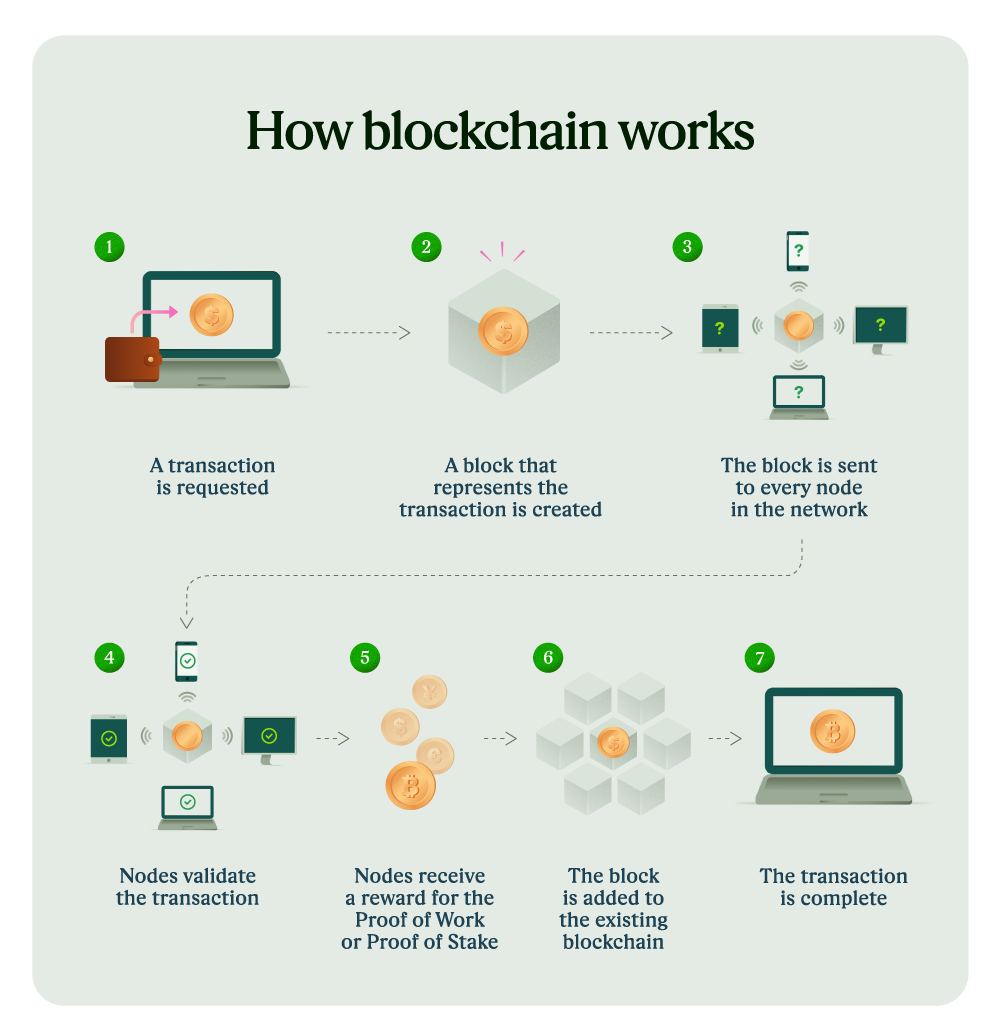Important Facts For Prelims
Bitcoin Halving
- 29 Feb 2024
- 5 min read
Why in News?
In April 2024, the anticipated Bitcoin (BTC) halving is poised to take place, with potentially profound implications for the cryptocurrency's market value.
What is Bitcoin Halving?
- About:
- A bitcoin halving is an event where the reward for mining new blocks is halved, meaning miners receive 50% fewer bitcoins for verifying transactions.
- Bitcoin halvings are scheduled to occur once every 210,000 blocks – roughly every four years – until the maximum supply of 21 million bitcoins has been generated by the network.
- Bitcoin halvings are important events for traders because they reduce the number of new bitcoins being generated by the network. This limits the supply of new coins, so prices could rise if demand remains strong.
- Impact:
- The BTC halving reduces the rate at which new bitcoins are created, decreasing the available supply. This scarcity tends to drive up prices over time due to increased demand.
- Bitcoin mining becomes less profitable immediately after the halving since miners receive half the reward for validating transactions. This could lead to consolidation in the mining industry and potentially push out less efficient miners.
What is Bitcoin?
- About:
- Bitcoin is a type of digital currency that enables instant payments to anyone. Bitcoin was introduced in 2009. Bitcoin is based on an open-source protocol and is not issued by any central authority.
- History:
- The origin of Bitcoin is unclear, as is who founded it. A person, or a group of people, who went by the identity of Satoshi Nakamoto are said to have conceptualised an accounting system in the aftermath of the 2008 financial crisis.
- Use:
- Originally, Bitcoin was intended to provide an alternative to fiat money and become a universally accepted medium of exchange directly between two involved parties.
- Record of Bitcoins:
- All the transactions ever made are contained in a publicly available, open ledger, although in an anonymous and an encrypted form called a blockchain.
- Transactions can be denominated in sub-units of Bitcoin.
- Satoshi is the smallest fraction of a Bitcoin.
- Transactions can be denominated in sub-units of Bitcoin.
- Blockchain Technology:
- Blockchain is a shared, immutable ledger that facilitates the process of recording transactions and tracking assets in a business network.
- An asset can be tangible (a house, car, cash, land) or intangible (intellectual property, patents, copyrights, branding).
- A simple analogy for understanding blockchain technology is a Google Doc.
- When one creates a document and shares it with a group of people, the document is distributed instead of copied or transferred.
- This creates a decentralized distribution chain that gives everyone access to the document at the same time.
- Blockchain is a shared, immutable ledger that facilitates the process of recording transactions and tracking assets in a business network.
- All the transactions ever made are contained in a publicly available, open ledger, although in an anonymous and an encrypted form called a blockchain.
India and Cryptocurrency
- Cryptocurrencies in India fall under the virtual digital assets (VDAs) category and are subject to taxation.
- The profits generated from cryptocurrency trading are taxed at a rate of 30%, with an additional 4% cess (Union budget 2022-23).
- In 2022, the RBI launched its own Central Bank Digital Currency (CBDC) known as e-Rupee which is based on blockchain technology.
UPSC Civil Services Examination, Previous Year Question (PYQ)
Prelims
Q.1 With reference to “Blockchain Technology”, consider the following statements: (2020)
- It is a public ledger that everyone can inspect, but which no single user controls.
- The structure and design of blockchain is such that all the data in it are about cryptocurrency only.
- Applications that depend on basic features of blockchain can be developed without anybody’s permission.
Which of the statements given above is/are correct?
(a) 1 only
(b) 1 and 2 only
(c) 2 only
(d) 1 and 3 only
Ans: (d)






